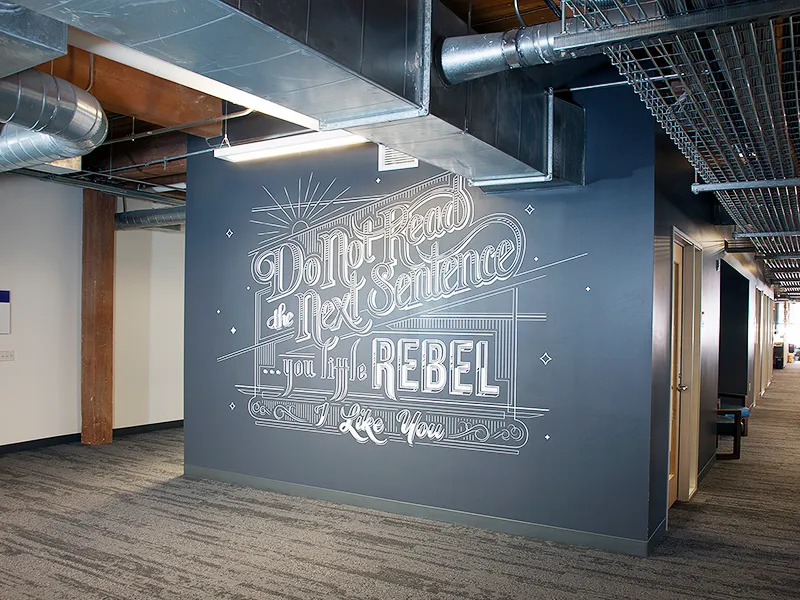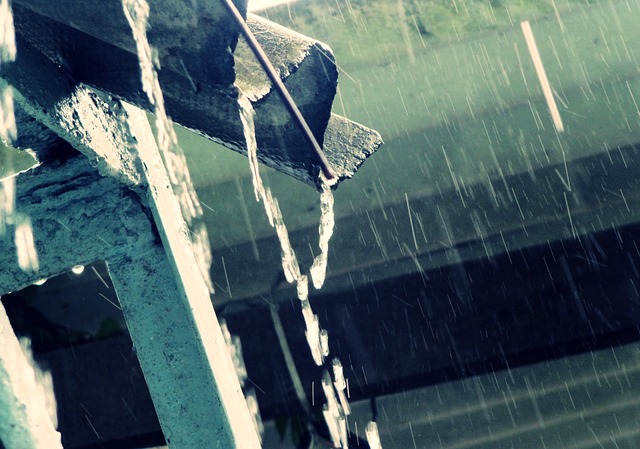As graphics-intensive applications—from gaming to AI modeling—become more demanding, the performance of Graphics Processing Units (GPUs) has become a critical benchmark in electronics. At the heart of every GPU lies a complex, high-speed GPU PCB (Printed Circuit Board). But even the best design is nothing without precise PCB assembly. In this blog, we’ll dive into what makes GPU PCBs unique and how professional PCB assembly services turn intricate designs into powerful graphics hardware.
What Is a GPU PCB?
A GPU PCB is a multilayer printed circuit board that forms the backbone of a graphics card. It connects and supports the GPU chip, memory modules (like GDDR6 or HBM), voltage regulators, cooling sensors, and other vital components. It’s not just a physical platform—it’s a high-speed data highway.
Key Features of a GPU PCB:
- Multilayer stack-up for signal integrity and power distribution
- High-speed signal traces optimized for memory and GPU core communication
- Thermal design supporting heat sinks and fans
- EMI shielding and ground planes for reduced interference
- Rigid structure to support large GPU packages and connectors
The Role of PCB Assembly in GPU Manufacturing
Designing a GPU PCB is only the beginning. PCB assembly (PCBA) is the process of populating the bare board with components using SMT (Surface Mount Technology) and THT (Through-Hole Technology).
Steps in GPU PCB Assembly:
- Stencil preparation for precise solder paste application
- SMT placement of components like capacitors, memory chips, and the GPU core
- Reflow soldering to fix components on the board
- Automated Optical Inspection (AOI) and X-ray testing for quality control
- Final functional testing to ensure GPU performance and stability
Precision is crucial. A misaligned GPU chip or poor solder joint can cause overheating, signal distortion, or total device failure.
Challenges in GPU PCB Assembly
GPU PCBs are among the most complex in the electronics world. Here’s why:
- High-density BGA packages: The GPU core often comes in a Ball Grid Array (BGA) form, which requires accurate X-ray alignment during soldering.
- Thermal management: High-performance GPUs generate a lot of heat. The assembly must integrate heat pipes, metal backplates, or vapor chambers.
- Signal integrity: High-speed data signals need impedance-controlled routing and minimal crosstalk.
- Power delivery: Stable power phases and VRMs (Voltage Regulator Modules) must be mounted with exact tolerances.
Choosing a Reliable PCB Assembly Partner
If you’re designing a GPU PCB, partnering with a professional PCB assembly manufacturer is critical. Look for:
- Experience with high-speed, high-density PCB assemblies
- Capability to handle BGA, QFN, and fine-pitch components
- Full testing support: AOI, X-ray, functional test
- Cleanroom assembly for ESD-sensitive components
Whether you’re prototyping a GPU or launching a new graphics card line, expert PCB assembly ensures your product performs reliably under extreme loads.
Conclusion
GPU PCBs are the backbone of modern graphics performance, and precise PCB assembly transforms complex circuit designs into working graphics cards. As visual computing continues to evolve, investing in high-quality PCB design and assembly becomes more essential than ever.
Ready to bring your GPU designs to life? Choose an experienced PCB assembly provider that understands the unique needs of high-performance graphics hardware.









